Call Anytime
Colosseum Tours
- Home
- Colosseum Tours
Colosseum Tours
The Rome Colosseum Tours will take you on a journey through time, starting with the Flavian Amphitheater. This amphitheater has been known as the Colosseum since the 11th century, inspired by the nearby Neronian colossus. Vespasian constructed it in 75 AD and was completed in just five years. Titus inaugurated it in 80 AD, and Latin writers recount 100 consecutive days of inaugural celebrations that featured the sacrifice of over 5000 beasts.
The last spectacle staged within the Colosseum occurred under Theodoric in 523 AD, following opposition from Honorius and Valentinian, leading to the eventual abolition of circus games. By the 5th century, numerous dwellings filled the corridors of the Colosseum, which was utilized as a quarry for materials until the 12th century, when it became part of the Frangipane fortress.
In the 14th century, following Pope Benedict’s dedication, the Colosseum was devoted to the passion of Jesus Christ. The elliptical amphitheater measures 188 meters along the central axis and 156 meters along the minor while standing 52 meters tall.
The architecture boasts 80 framed arches in the first three orders, elegantly decorated with Tuscan semi-columns, Ionic columns, and Corinthian pilasters. In the fourth order, 80 squares are distinguished by Corinthian pilasters, interspersed with alternating windows and clypei (shields). Additionally, the velarium, a massive covering made of linen sheets, effectively shielded spectators from inclement weather and was diligently managed by sailors from the Miseno fleet.
Distinctive entrances marked with progressive numbers led spectators to their designated seats while political authorities and gladiators were granted reserved sections. The Colosseum could accommodate up to 73,000 spectators, making it an unparalleled architectural wonder and a testament to Rome’s enduring legacy.
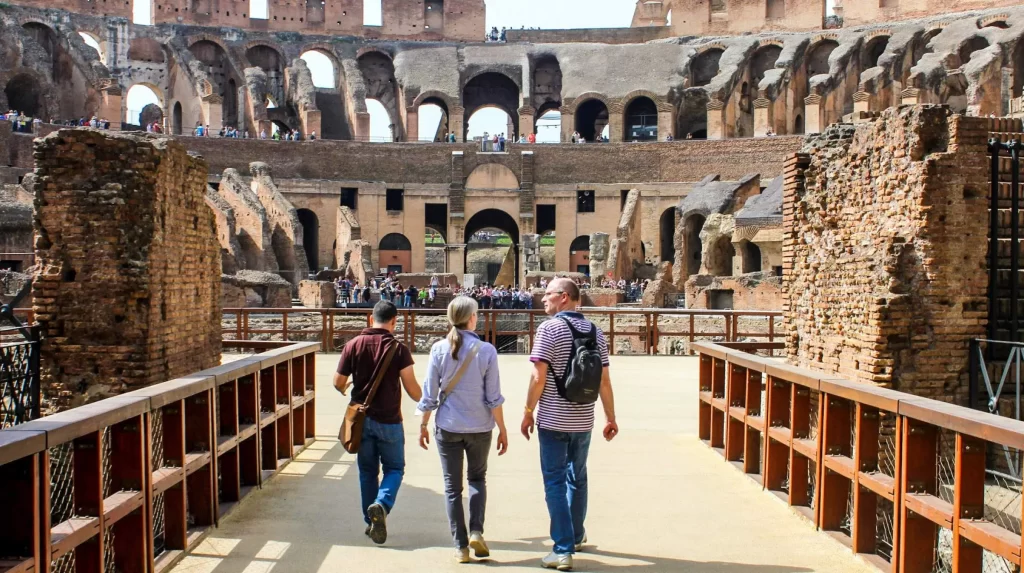
Rome Colosseum Tours. Colosseum Private tours and customized Itineraries, including fast-track entrance. Colosseum Group Tours to visit the most iconic monument of ancient Rome.
Infrastructure and Seating Arrangements of the Colosseum
As you explore the remnants of the amphitheater on your Rome Colosseum Tour, you’ll encounter a fascinating open area encircling the building, paved in travertine and bordered by a two-story portico. Upon entering the ruins, you immediately notice the intricate labyrinth of corridors, initially concealed from view. These underground passages, once hidden beneath a wooden floor, served as vital spaces for the various services required to host the games.
Within these corridors, provisions, animals, as well as freight elevators were housed, facilitating the transport of beasts and stage equipment into the arena via a sophisticated system of counterweights. Notably, the central corridor extended beneath the eastern entrance to the Ludus Magnus, the famed gladiator barracks.
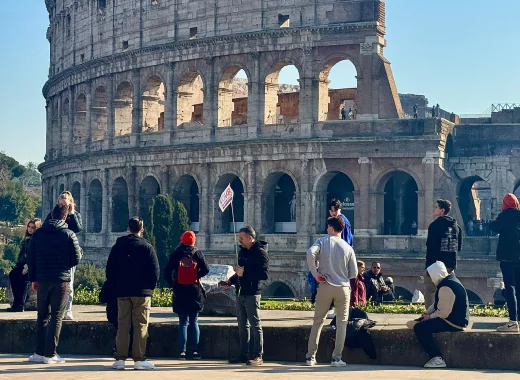
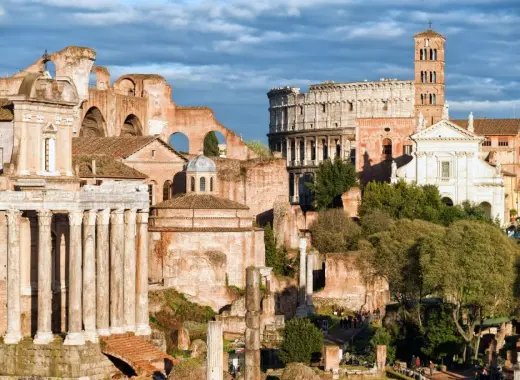
The seating arrangements within the Colosseum were hierarchical, thereby spectators were assigned places according to their social status. The first sector featured grand steps reserved for senators, with their names inscribed on the steps or the protective barrier along the podium’s edge. Over time, these inscriptions evolved, preserving the names of senators from the 5th century. Additionally, below the podium, a covered corridor, possibly a latrine, catered to service personnel.
The second sector, known as the moenianum primum, catered to knights, with narrow marble steps accessed from the third ring corridor. Additionally, stairs mirrored these, leading to the third sector, divided into the moenianum secundum imum and the moenianum secundum summum. Above, the fourth sector, the moenianum summum ligneis, boasted seats on wooden structures encircled by a spacious portico.
Gladiatorial Combat and Venationes in the Colosseum
Before the construction of the amphitheater, games during the Republican era took place in the Roman Forum or the Forum Boarium, later moving to the Campus Martius, where Nero erected a temporary wooden structure. On your Rome Colosseum Tour, you’ll discover that the Colosseum served as the venue for two main types of spectacles: the munera, featuring gladiator battles, and the venationes, showcasing fights with or between ferocious animals. Initially considered rituals to symbolize the noble class strength, these spectacles evolved into political and propagandistic displays.
Gladiators, drawn from various backgrounds, including condemned criminals, prisoners of war, slaves, and even free men, engaged in combat until one emerged victorious, although the defeated could request mercy. Despite the high cost of these games, contractors often spared the lives of defeated combatants, with the killing of all being seen as a gesture of exceptional generosity.
The venationes, which became popular after the Mediterranean conquests, fascinated Roman audiences with fights against exotic animals. Records even suggest the gruesome practice of feeding deserters to wild beasts as early as the 2nd century BC. Scipio Minor inaugurated this spectacle known as damnatio ad bestia, which became widespread.

1.5 Hours
Guided Tour by Professional
€52.00
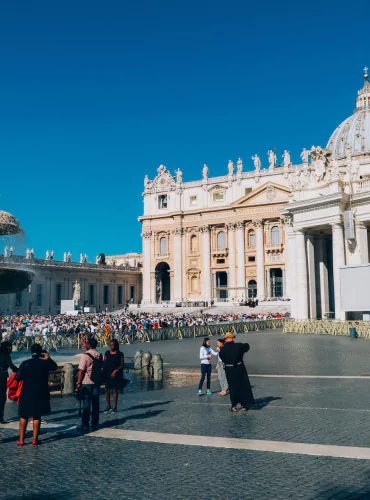
1.5 Hours
Guided Tour by Professional
€52.00
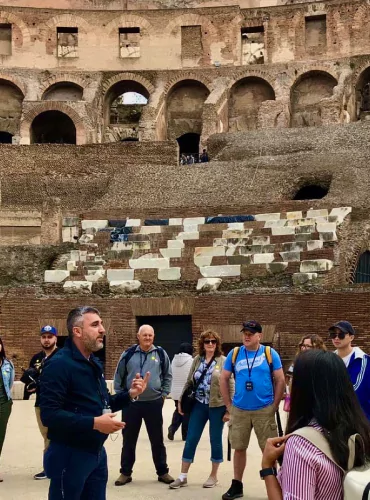
2.5 Hours
Guided Tour by Professional
€54.00
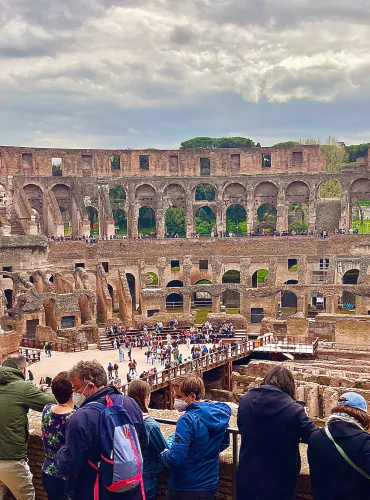
1.5 Hours
Guided Tour by Professional
€52.00
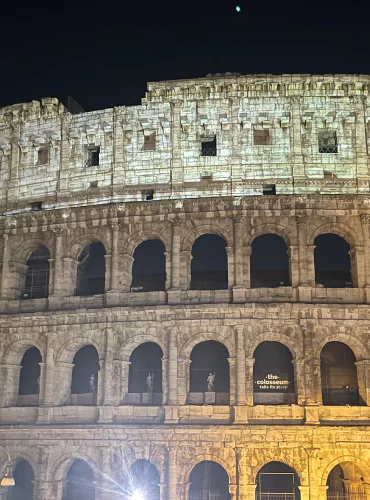
2.5 Hours
Guided Tour by Professional
€89.00
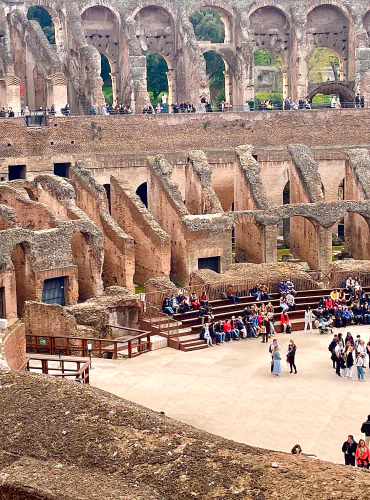
3-3.5 Hours
Guided Tour by Professional
€89.00
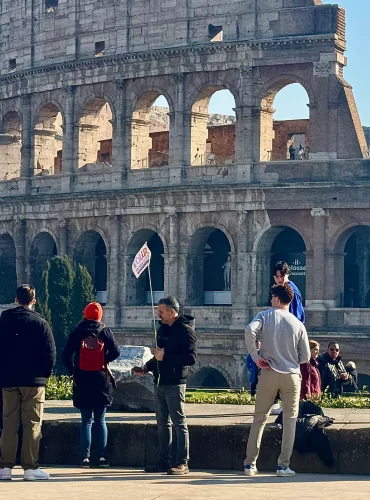
1.5 Hours
Guided Tour by Professional
€52.00
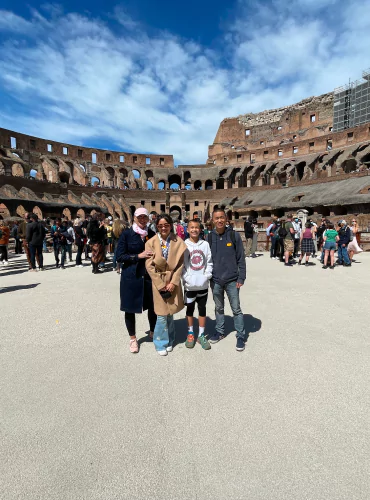
3 Hours
Official Expert Tour Guides


